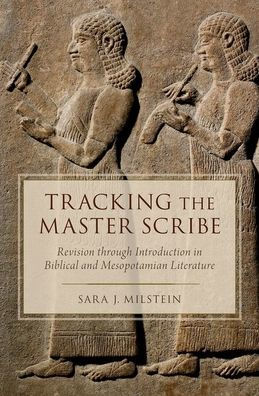5
1
9780190205393



Tracking the Master Scribe: Revision through Introduction in Biblical and Mesopotamian Literature available in Hardcover, eBook

Tracking the Master Scribe: Revision through Introduction in Biblical and Mesopotamian Literature
- ISBN-10:
- 0190205393
- ISBN-13:
- 9780190205393
- Pub. Date:
- 10/07/2016
- Publisher:
- Oxford University Press
- ISBN-10:
- 0190205393
- ISBN-13:
- 9780190205393
- Pub. Date:
- 10/07/2016
- Publisher:
- Oxford University Press

Tracking the Master Scribe: Revision through Introduction in Biblical and Mesopotamian Literature
$185.0
Current price is , Original price is $185.0. You
185.0
In Stock

Product Details
| ISBN-13: | 9780190205393 |
|---|---|
| Publisher: | Oxford University Press |
| Publication date: | 10/07/2016 |
| Pages: | 264 |
| Product dimensions: | 6.50(w) x 9.30(h) x 1.00(d) |
About the Author
From the B&N Reads Blog
